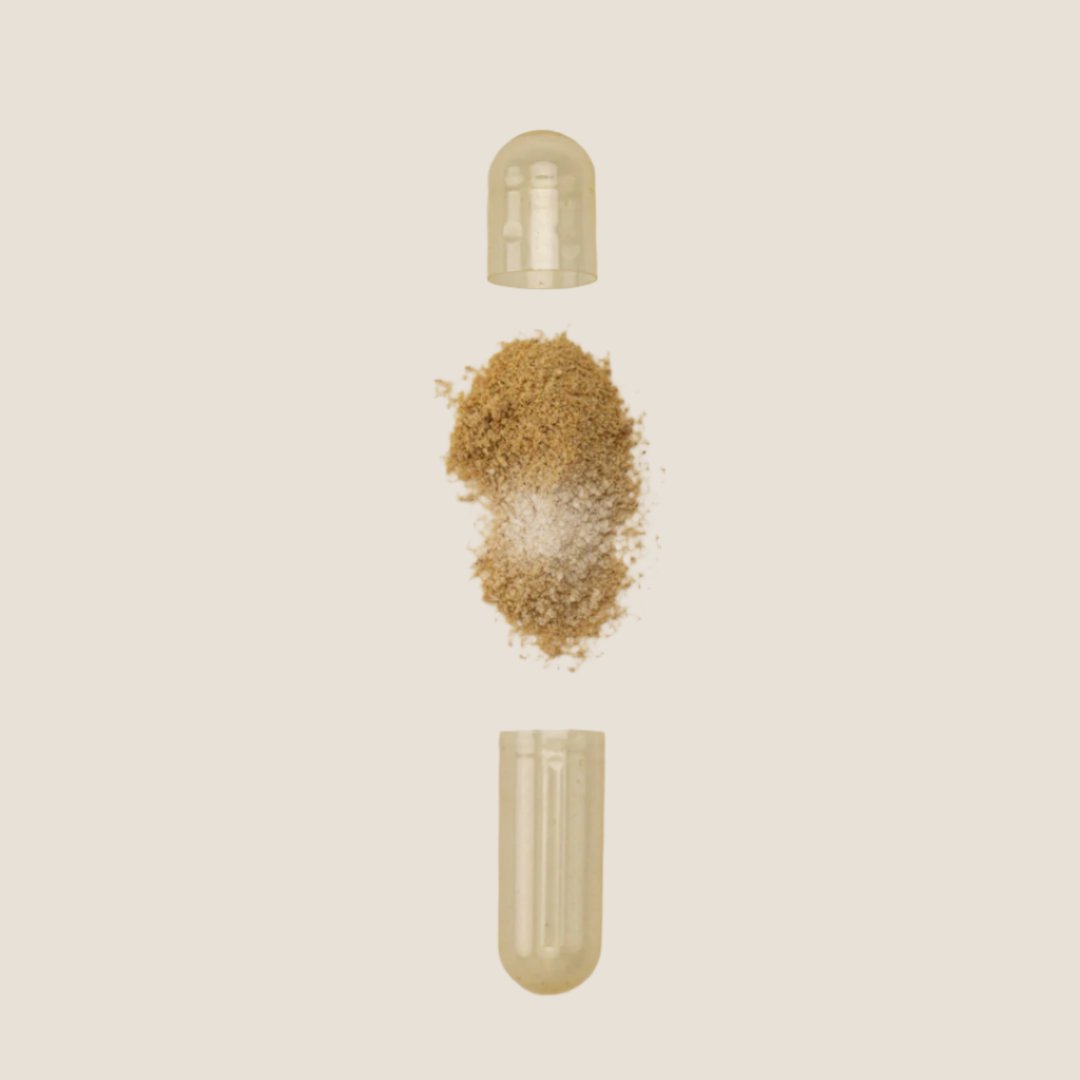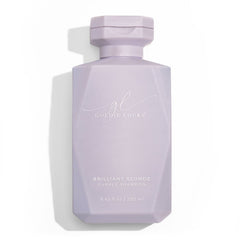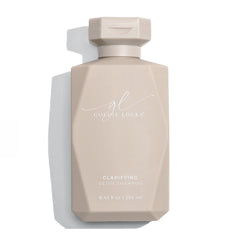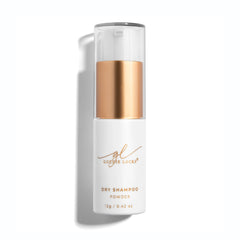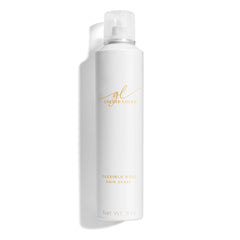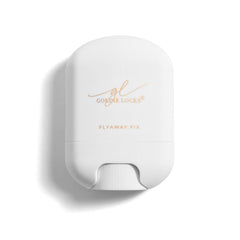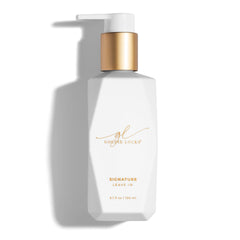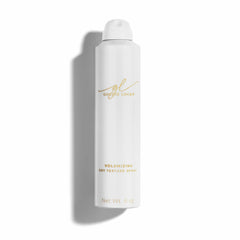The simple answer is no, hair generally does not shed more in the winter. In fact, most people experience an increase in shedding during late summer and early autumn, not during the colder months. While it may feel like your hair sheds more in the winter, this isn’t typically the case.
Seasons in Hair Shedding

Seasons do play a role in hair shedding, but the increase in shedding is more commonly linked to the transition into autumn rather than winter. This phenomenon can be traced back to natural survival mechanisms. Historically, human bodies may have evolved to keep more hair during the colder months to help keep the body warm, particularly around the scalp. This is similar to how we instantly reach for a beanie before we walk outside in the winter to keep our heads warm.
The Body’s Natural Response

During the warmer months, you may shed more hair as your body adjusts to temperature changes and light exposure. By contrast, in winter, your body may actually work to retain more hair on the scalp to help protect against the cold. While it may seem like more shedding is happening, it's likely just part of the natural cycle of hair growth and shedding.
In the winter, we may also find that our physical activity changes for a lot of people. During the colder months, many people tend to exercise less outdoors due to different weather conditions, which can result in less sweating. Since sweat can be one indicator of our shampoo frequency, less sweating can lead to less hair washing. As a result, you may notice more hair shedding in the shower or on your brush when you do wash your hair. Typically, we shed around 50-150 hairs a day, and without regular washing, this shedding can accumulate, making it more noticeable when you finally shampoo your hair.
Another factor is the use of indoor heating during winter. While it keeps us warm, the dry air can lead to a dehydrated scalp, making it more prone to flakiness and dryness. A dry scalp can contribute to hair shedding as well. Additionally, the lower humidity levels in the winter can also make hair more brittle and prone to breakage. These environmental changes, along with the tendency to use more hot styling tools to combat frizz, can all contribute to hair changes during the colder months.
Final Thoughts
So, in conclusion it may feel like your hair sheds more in the winter, it's typically the late summer and early autumn months that bring more noticeable shedding. Seasonal shedding is a normal process influenced by evolutionary and environmental factors, and your hair growth will return to its natural rhythm as the seasons shift. If you do notice excessive shedding, it’s always a good idea to consult with a dermatologist to rule out any underlying issues.





